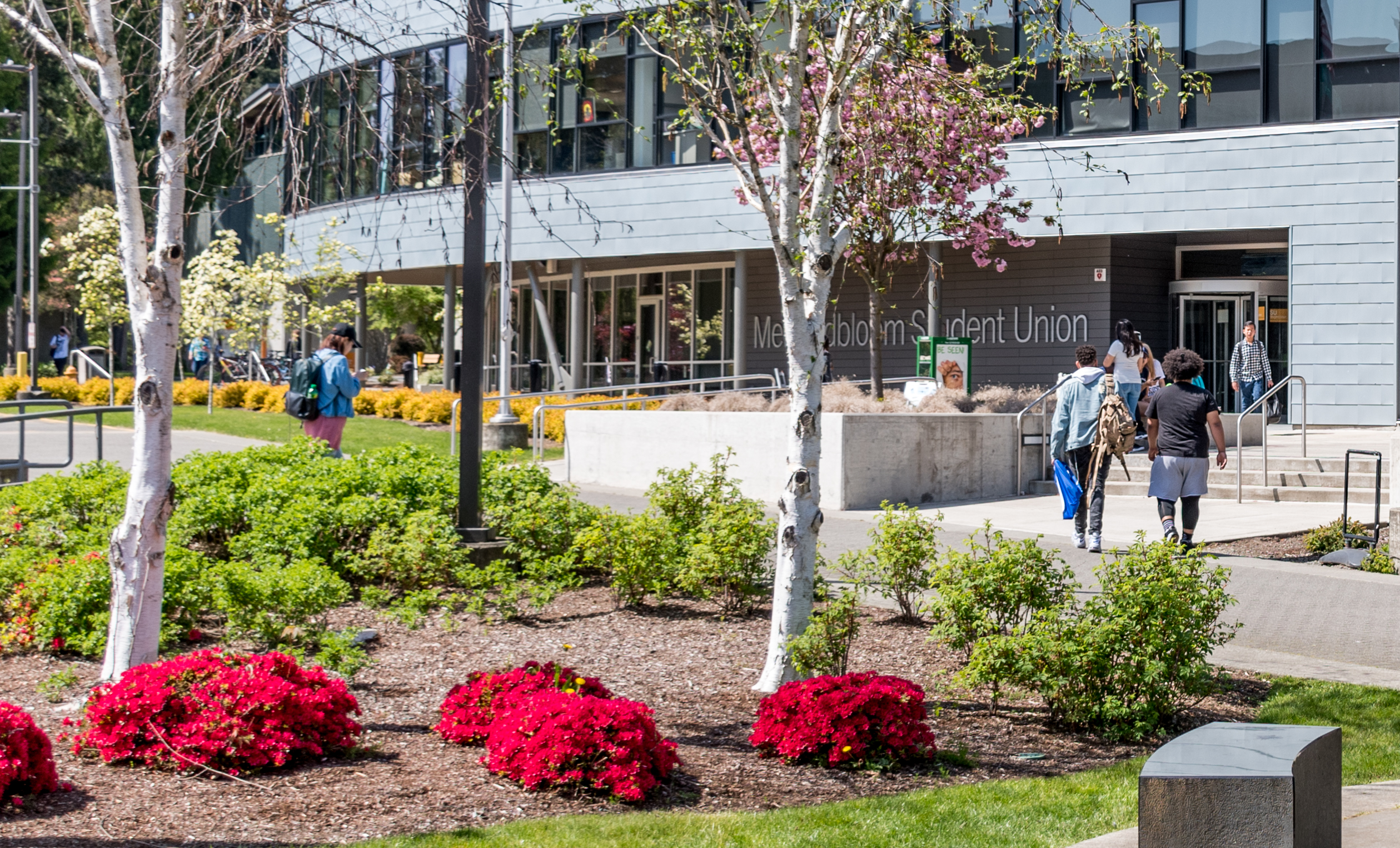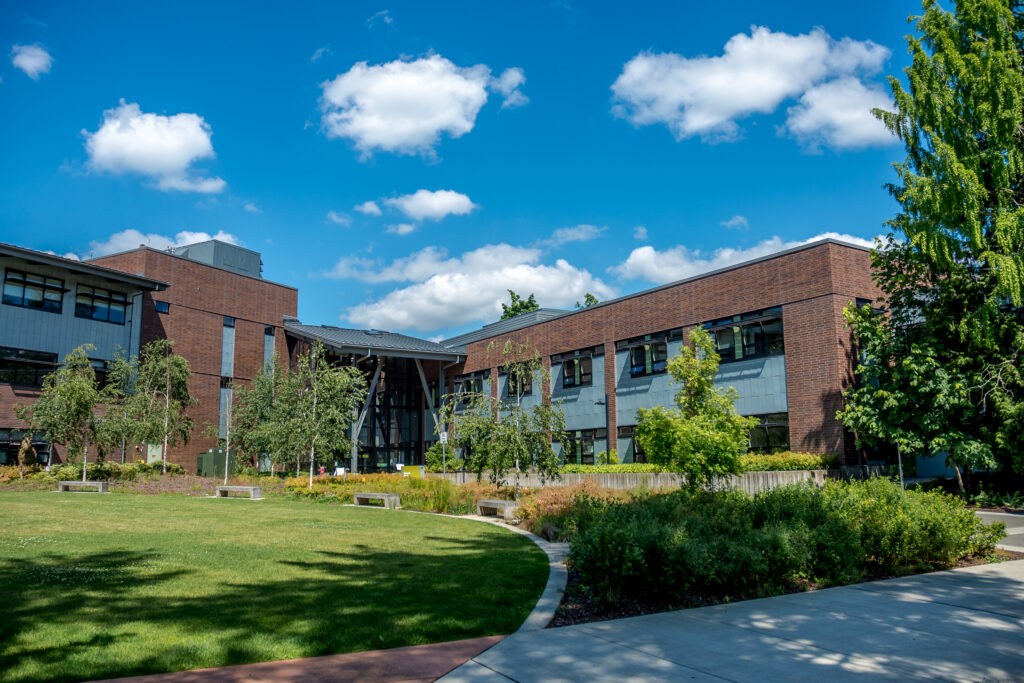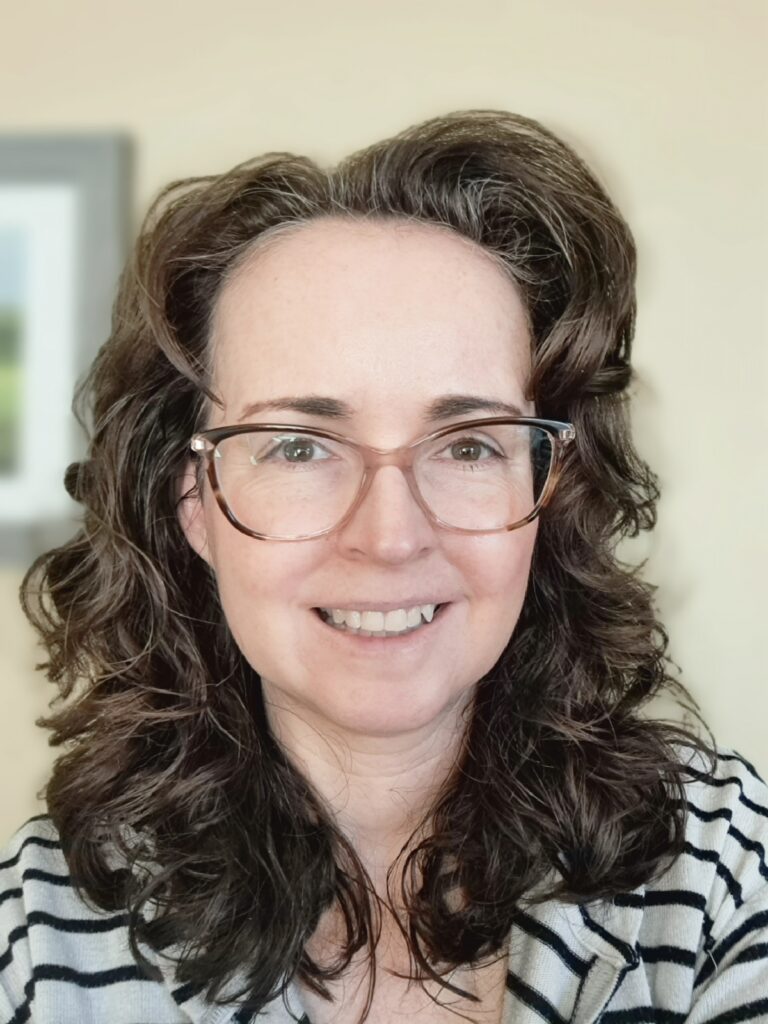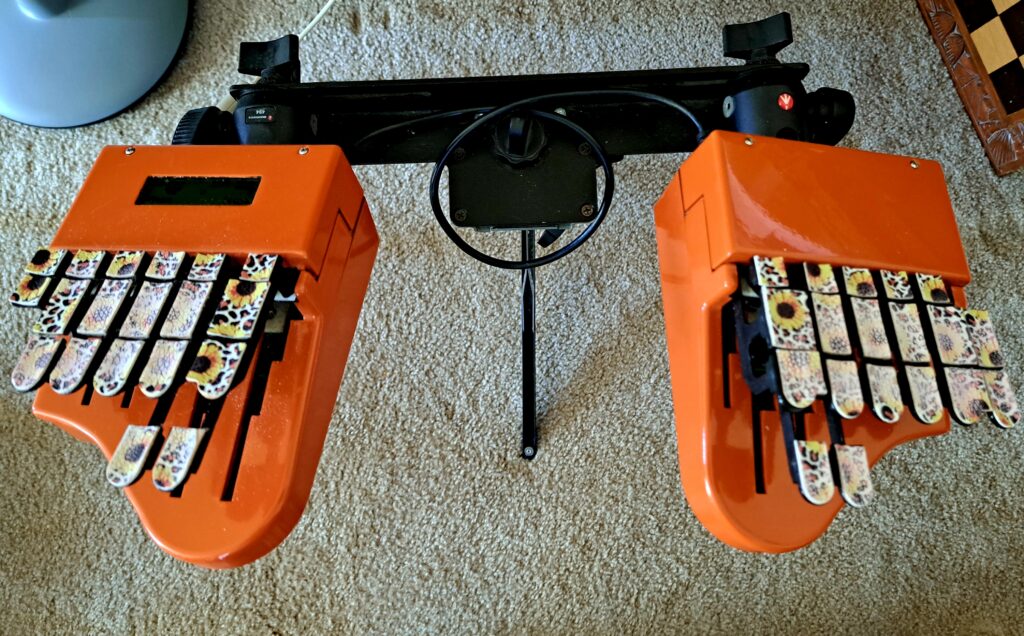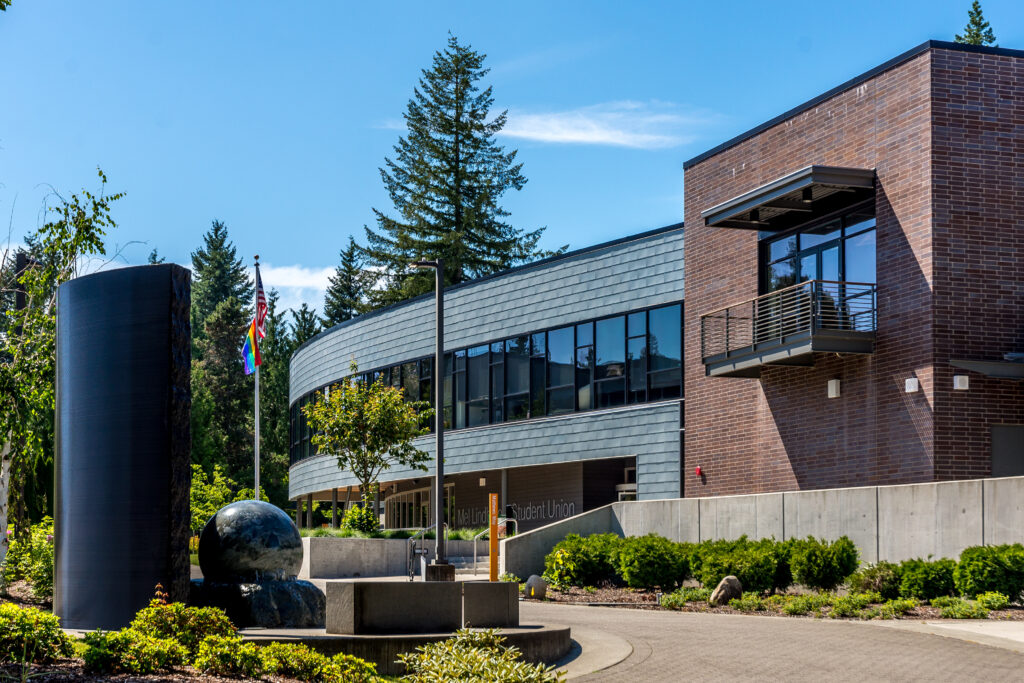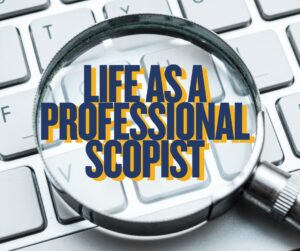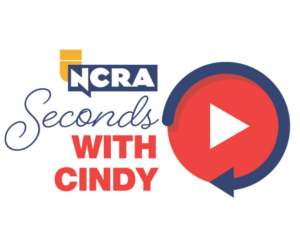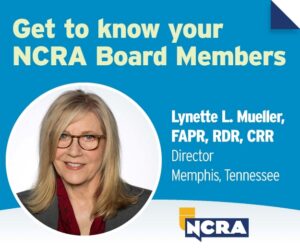Among Washington state’s 34 public community and technical colleges, Green River College (GRC) in Auburn is the only school to boast its own captioner. Creating an in-house captioning position was the brainchild of Sidney Weldele-Wallace, CRI, CPE, the school’s Dean of Instruction for Career & Technical Education with the Business & Law and Trades Divisions.
Together with a colleague, Weldele-Wallace developed the program as part of a campus-wide initiative to provide captioning for instructional videos to increase accessibility to students. Developing the program was both a professional and personal mission for Weldele-Wallace. In addition to previously working as both an instructor and program director of the court reporting and captioning program at the college, she is the mother of a daughter who is hard-of-hearing.
And from the beginning she had someone in mind for the job of captioner: Kim Rashell, herself an alumna of GRC. Rashell graduated from Green River’s court reporting and captioning program in 2006 and began as a realtime captioner with Caption Colorado and then with VITAC. When the two companies merged, she left to work on her own as an independent captioner. It was during that time that Weldele-Wallace reached out to let her know about the captioner position at GRC. Rashell’s status as an alum and her broadcast captioning experience are a large part of why Weldele-Wallace recruited her for the job.
“Kim is a rock star!” Weldele-Wallace says of Rashell. “She epitomizes the quality realtime captioner or court reporter Green River College’s court reporting and captioning program is proud to educate and train to enter the world of realtime reporting. She is a polished professional, putting her realtime ‘superpower’ skills to work daily to ensure accessibility and support student success.”
Since arriving at GRC in 2019, Rashell has captioned more than 2,100 hours of asynchronous videos for GRC students. The captioning is created not just for the deaf and hard-of-hearing, but for English language learners and any student who learns better having the additional input of reading while watching and listening.
And her work is paying off, she says. “In a poll of students taken in 2023, of the 400 students who responded, over 95 percent of them said that captions are helpful to their studies when they are present. Nearly 15 percent, however, stated that the lack of captions was impeding their studies in one way or another. That tells me we have more work to do as a college to stress that all video materials be captioned including any third-party materials that are selected to help teach.”
The school does not yet have the capacity to record all video content. Priority is given to lectures that will be used multiple times a year “which means an increasing number of students have access to content we can be assured is accurate in its translation and delivered in a professional manner,” says Rashell.
The program was started, fortuitously, just before the COVID-19 pandemic when remote asynchronous classes became vital to the education system. “The school’s eLearning department was in its infancy at the time,” says Rashell, “but we ramped up quickly, creating instructional documents and best practices and materials to enable as smooth a transition to online learning as possible. It meant a tremendous jump in the number of materials that needed professional captioning in a very short amount of time.”
Her decade-plus career as a realtime captioner has given Rashell insight into the importance of word-for-word translation. “Even though I am no longer writing realtime captions,” she says,” I still utilize my realtime skills every day. People assume that since I am doing what amounts to post-production work that I use AI captions as a starting point. However, it takes me less time overall to write a video and edit my own captions than it does to edit AI ones.” Rashell explains that AI captions add filler words and incorrectly capture punctuation and grammar which leads to a pile-up of extra words on the screen at one time.
Rashell is something of a realtime captioning evangelist. Part of her job entails teaching instructors the importance of accessibility as well as giving workshops to the Green River community on what constitutes quality captions, including highlighting the difference between professional captions and automated or digital captions from platforms like YouTube.
“I am so very proud of her and also proud of our college for acknowledging the need for these services for students as an integral part of understanding instructional design,” says Weldele-Wallace.
The program has really taken off, and Rashell sees growth in the future. New content is continually being created, and older material needs to be updated with new content. “The work is never-ending,” she says.
What’s next? “My hope is that I eventually become overwhelmed with material and need to either hire more people like me or use the students to help create transcripts for editing. We would love to remove captioning as a barrier for our entire student population.”
